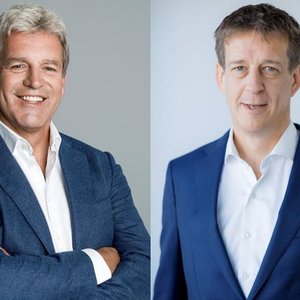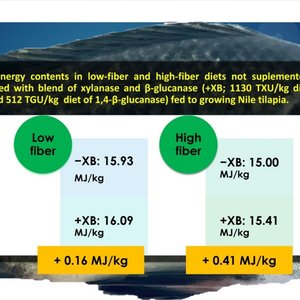Researchers from the University of California Santa Cruz’s ecological aquaculture lab won a three-year, $1 million grant from the Agriculture and Food Research Initiative at the USDA National Institute of Food and Agriculture to develop, test and evaluate new low-polluting fish feed formulas for farm-raised rainbow trout.
Associate research professor of Environmental Studies, Pallab Sarker, will lead this work alongside Environmental Studies professor, Anne Kapuscinski and Luke Gardner, a California Sea Grant extension specialist affiliated with UC San Diego. The team will use a marine microalga as an ingredient in their fish feed, and the resulting experimental formulas will be field-tested at working trout farms in California. The goal is to create an environmentally sustainable and economically viable new feed option that maximizes fish growth while limiting the potential for water pollution during the fish-farming process.
Sarker and Kapuscinski have been working for years to develop new sustainable fish feed formulas by recycling leftover biomass from the commercial production of marine microalgal species, which are used to make omega-3 dietary supplements for humans. Most of the team’s prior work has been geared toward combining different marine microalgae to replace traditional fishmeal and fish oil feed ingredients sourced from wild-caught fish. But the team also wants their feed formulas to help reduce water pollution.
First, researchers will experiment with different methods for processing microalgal ingredients to make them as digestible as possible for rainbow trout. Next, they’ll determine the ideal amount of microalgae that can be substituted for fish-based ingredients. Then, they’ll develop low-polluting diets and determine both their effects on trout growth and their potential for minimizing water pollution from resulting trout waste.
These initial steps will take place in the aquaculture research lab at the UCSC Farm, but thanks to the partnership with California Sea Grant, the team will also have a chance to evaluate the feed’s performance in the real world through trials on fish farms. Anne Kapuscinski and Luke Gardner will co-lead this collaboration with a small group of trout farms in California. They’ll also recruit other leaders from across the aquaculture industry to learn more about low-polluting diets and build commercial interest.
“We’re thrilled that this grant allows us to test our new diets on commercial trout farms,” Kapuscinski said. “The proof is in the pudding—or in this case, on the fish farm—so I think this will go a long way toward convincing more farmers and aquafeed manufacturers to adopt low-polluting diets.”
Research collaborators on the project will also model the economic feasibility of the new feed at scale. And a life cycle assessment will compare the overall environmental impact of the new formula with conventional feed—from the initial production of feed ingredients all the way through to the final fish fillet—across a wide range of impact categories including greenhouse gas and eutrophication emissions, water consumption, and biotic resource use.
As aquaculture grows to meet global protein needs, the team hopes continued research will ensure that the industry’s sustainability keeps growing alongside it. “Aquaculture has gotten a bad reputation with American consumers, and this slows down the progress of aquaculture, especially for species like farmed salmon or farmed trout where their required feeding has a higher environmental impact,” Sarker said. “But that impact will likely continue to be reduced through research and innovations that find better ways to feed fish and help to encourage the best, most responsible practices in aquaculture.”













